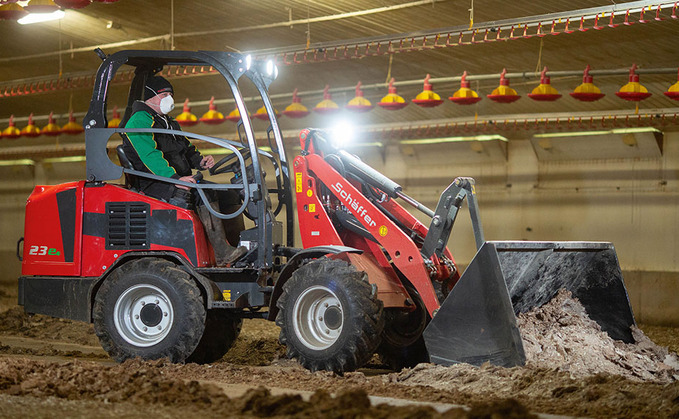
Schaffer was the first loader manufacturer to add lithium-ion batteries, as found in mobile phones and power tools, into a compact loader, the 23e. Alex Heath tests whether the new loader's credentials...

Schaffer was the first loader manufacturer to add lithium-ion batteries, as found in mobile phones and power tools, into a compact loader, the 23e. Alex Heath tests whether the new loader's credentials...

CASEIH AXIAL FLOW 7150

CASEIH AXIAL FLOW 6150

1989 Claas Dominator 88S Combine